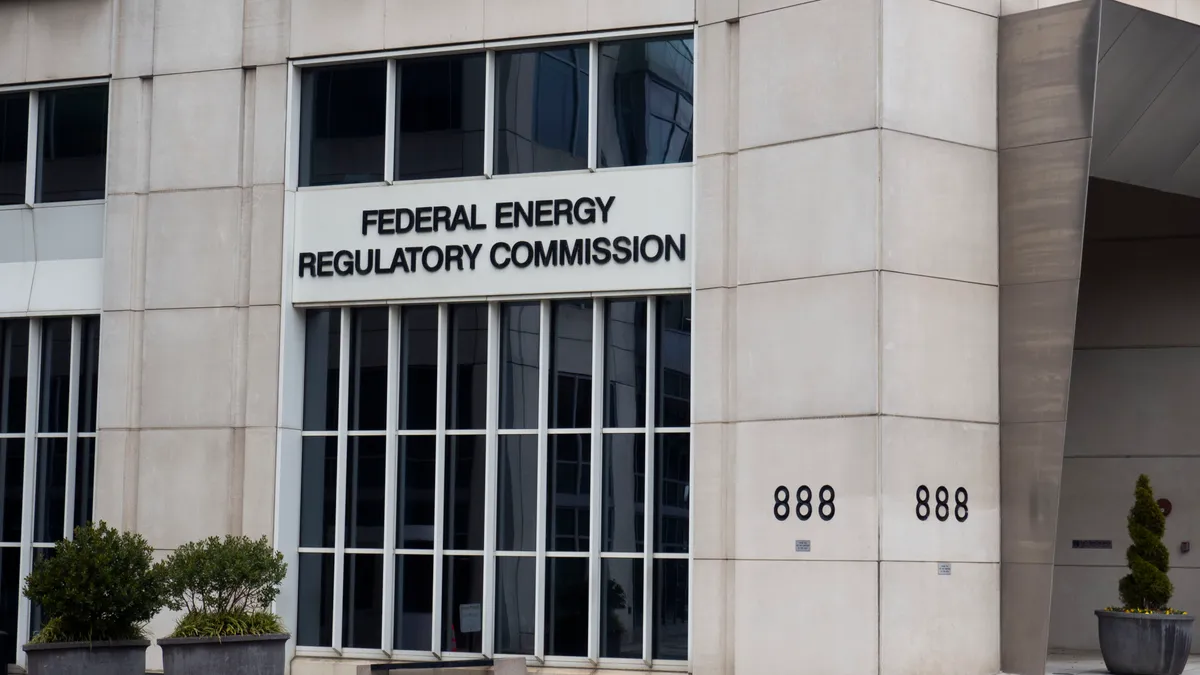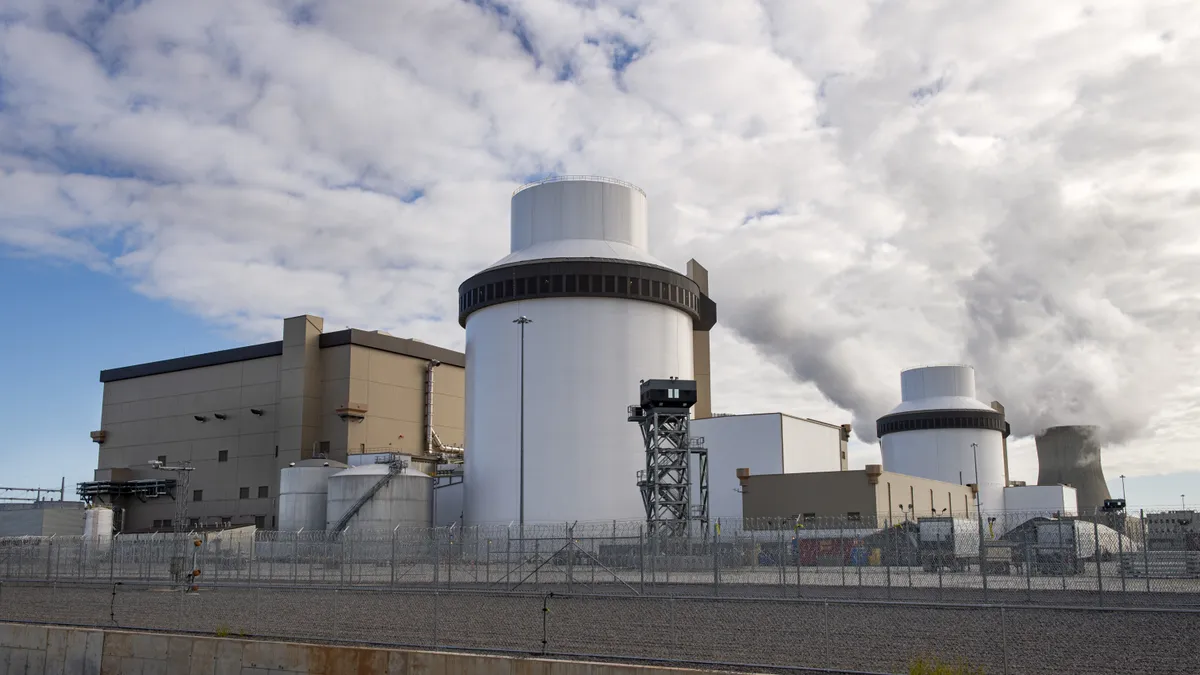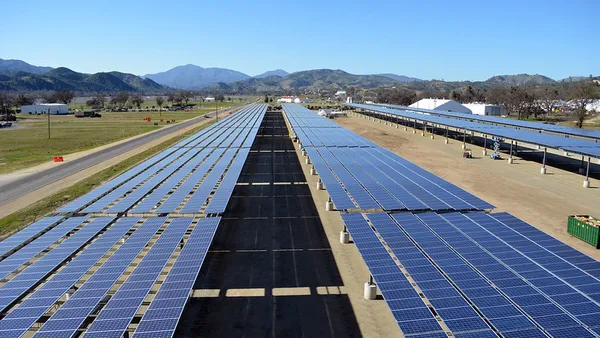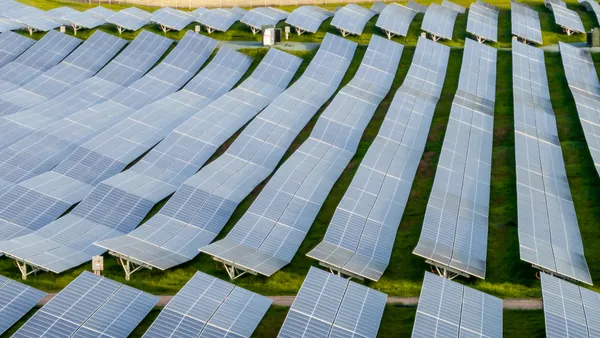Dive Brief:
- The U.S. Department of Energy is seeking public comment by Feb. 3 on the draft Energy Storage Strategy and Roadmap it released last month.
- The new document updates DOE’s Energy Storage Grand Challenge Roadmap to “improve the execution of its energy storage activities” and reflect significant advances in energy storage technology and deployment since 2020, the agency said.
- Among other objectives, the legislatively-mandated roadmap aims to accelerate long-duration storage cost reductions in line with DOE’s $0.05/kWh Long Duration Storage Shot goal while diversifying and “re-shoring” a U.S. energy storage portfolio dominated by lithium-ion batteries, it said.
Dive Insight:
While the U.S. Energy Information Administration has projected that “new storage capacity additions [eclipsed] wind, nuclear, and all fossil capacity combined” in 2024, lithium-ion batteries comprise more than 95% of U.S. storage deployments, underscoring the need for a wider range of technology options to improve supply chain resilience, DOE said in the road map.
The recent oversupply of battery materials, which has pushed down global prices since 2023, is unlikely to endure and masks vulnerabilities in a supply chain that remains heavily reliant on Chinese suppliers, the International Energy Agency said in May.
In September, the Biden administration increased to 25% the import tariff on lithium-ion batteries produced in China, in part to protect the United States’ emerging battery manufacturing industry. The tariff already applies to electric vehicle batteries and will take effect for non-EV batteries beginning in 2026.
President-elect Donald Trump has threatened higher and broader tariffs on Chinese imports after his administration takes office on Jan. 20, though media reports this month raised questions about those plans.
The updated road map guides DOE to “support U.S. re-shoring, skilling, and scaling of U.S. manufacturing [and] evaluate the viability of new domestically-sourced and -processed materials for energy storage applications … to ensure robust, secure and resilient supply chains,” it said.
DOE must also invest in research of next-generation energy storage technologies to accelerate commercialization and enable domestic producers to “overtake international competitors,” it said.
The research emphasis follows DOE’s August cost analysis of 11 long-duration energy storage technologies. Without further innovation, levelized costs for most of the 10-hour-plus, non-lithium technologies would exceed the project’s 2030 target of $0.05/kWh, the analysis found.
The road map identified seven outcome-based use cases to guide DOE’s research and commercialization efforts, including:
- Improved power quality and reliability of supply;
- Energy load management;
- Access to electricity in isolated locations, including islands and remote mainland communities;
- Outage mitigation and management;
- Infrastructure investment alternatives;
- Reduced electricity supply costs; and
- Mass electrification.
DOE should evaluate various energy storage technologies in accordance with their suitability for these use cases, their technological readiness levels, and cost and performance metrics that influence how well they perform in different markets, such as stationary storage versus mobile applications, the road map said.
To reduce costs and enhance energy storage systems’ value, the road map advises DOE to target “strategic, high-value use cases,” refine implementation cost and valuation assessments, and develop compensation mechanisms for various technologies, the road map said.
DOE can also raise awareness and adoption of suitable energy storage technologies by providing decision-makers at utilities, public utility commissions, grid operators and other energy-system stakeholders with “unbiased and fact-based information and analysis to enhance their energy storage-related investments, policies and goals,” it said.
These and other strategies can enable “broader market deployment of energy storage technologies to reliably meet a variety of electricity needs and applications, at an affordable cost,” by 2035, the road map said













